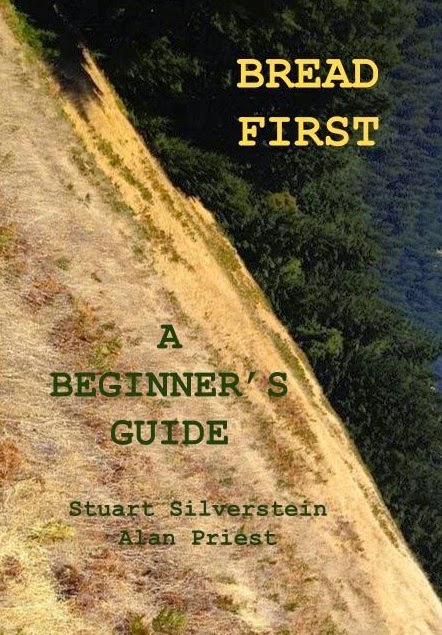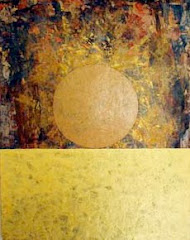For lots more information about bread and earth oven construction:
Breadhunter.com
Here's an email I just from received from Kiko Denzer, who probably knows more than anyone about earth oven construction.
|
|
Hey, Stu,
Interesting that the perlite held together w/cement. I would have expected both of them to crumble. My understanding is that cement starts to break down over 700F. And with perlite, there’s really no need to use cement at all, unless you’re building an Alan Scott style oven and need the strength. Otherwise, the addition of cement only reduces insulation value.
The practical test for the sawdust clay mix is to get enough clay into it that when the sawdust is burnt out, you’re left w/a foam that’s high enough in clay to maintain it’s form (and when needed, i.e., for under the hearth, to support weight). Obvioustly, it’s not the sawdust that’s providing the insulation — it’s the clay, in which the burning of the sawdust has created voids. It’s a cheap/easy way to manufacture your own insulating firebrick — but it does help to do some tests. Or, to err on the side of too much clay. Or, under the hearth, to use empty glass bottles for structural support.
I have also had success using a mix of clay AND portland with sawdust — that way, you get the quick setting of the cement, and the lasting power of the clay. Tho if you need such a combo of traits, it’s cheaper and nice to use plaster of paris (gypsum plaster).
-- Kiko Denzer
Hand Print Press • POB 576 • Blodgett OR 97326 • 541-438-4300
http://www.handprintpress.com • http://www.digyourhandsinthedirt.net
"What we learn to do, we learn by doing" – Aristotle
BLOG: http://kikodenzer.blogspot.com/
Interesting that the perlite held together w/cement. I would have expected both of them to crumble. My understanding is that cement starts to break down over 700F. And with perlite, there’s really no need to use cement at all, unless you’re building an Alan Scott style oven and need the strength. Otherwise, the addition of cement only reduces insulation value.
The practical test for the sawdust clay mix is to get enough clay into it that when the sawdust is burnt out, you’re left w/a foam that’s high enough in clay to maintain it’s form (and when needed, i.e., for under the hearth, to support weight). Obvioustly, it’s not the sawdust that’s providing the insulation — it’s the clay, in which the burning of the sawdust has created voids. It’s a cheap/easy way to manufacture your own insulating firebrick — but it does help to do some tests. Or, to err on the side of too much clay. Or, under the hearth, to use empty glass bottles for structural support.
I have also had success using a mix of clay AND portland with sawdust — that way, you get the quick setting of the cement, and the lasting power of the clay. Tho if you need such a combo of traits, it’s cheaper and nice to use plaster of paris (gypsum plaster).
-- Kiko Denzer
Hand Print Press • POB 576 • Blodgett OR 97326 • 541-438-4300
http://www.handprintpress.com • http://www.
"What we learn to do, we learn by doing" – Aristotle
BLOG: http://kikodenzer.blogspot.







No comments:
Post a Comment